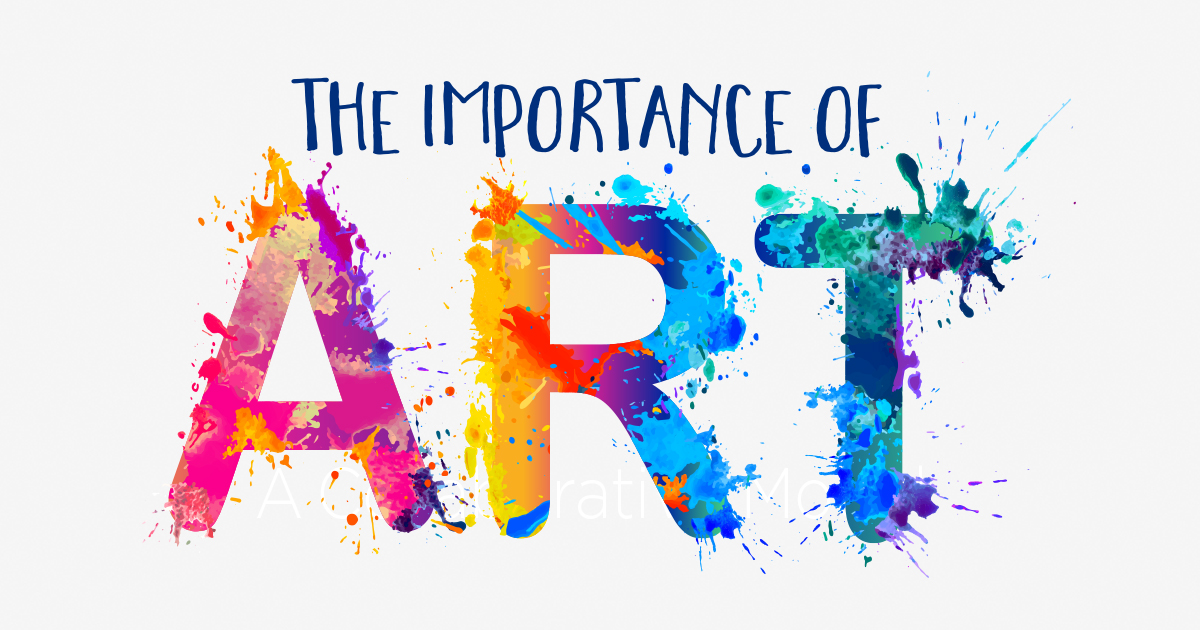Looking Into the Diverse Globe of Artistic Expression: From Surrealism to Abstract Realistic Look
In the world of imaginative expression, from the dreamlike landscapes of surrealism to the intricate play of light and type in abstract realistic look, artists have continuously pressed the boundaries of imagination and imagination. As we discover the diverse world of art, we are provided with a tapestry of styles, strategies, and viewpoints that challenge our understanding and provoke reflection.
Surrealism: Letting Loose the Subconscious
Surrealism, an avant-garde imaginative movement of the 20th century, explored the midsts of the subconscious, introducing a globe of dream-like images and unique juxtapositions. Led by artists like Salvador Dali, René Magritte, and Joan Miró, Surrealism sought to test the conventional means of seeing and comprehending art. Through techniques such as automatism and desire analysis, Surrealist artists aimed to use the subconscious mind to disclose concealed realities and needs.
Among the crucial elements of Surrealism was the emphasis on the illogical and the uncanny. By incorporating unforeseen components in their jobs, Surrealist artists aimed to create a feeling of disorientation and surprise in the audience. This disturbance of logic and reason was implied to prompt a much deeper expedition of the subconscious and the mysteries of the human subconscious.
Abstract Realism: Redefining Assumption
Challenging typical artistic limits, Abstract Realistic look redefines understanding via the combination of identifiable elements with abstract forms. This ingenious method to art integrates the representational accuracy of realistic look with the imaginative freedom of abstraction, offering viewers an unique aesthetic experience that motivates them to question their assumption of fact.
In Abstract Realism, artists make every effort to catch the significance of their topics while likewise infusing their deal with a feeling of depth and complexity with abstract components. By blending the knowledgeable about the unknown, these artists welcome audiences to engage with their items on numerous levels, motivating them to discover the nuances of shade, appearance, and form.

Cubism: Fragmenting Truth
Making use of geometric kinds and fragmented perspectives, Cubism reinvented the imaginative depiction of truth in the very early 20th century. Developed by Pablo Picasso and Georges Braque, Cubism looked for to challenge traditional ideas of perspective and depiction. By breaking down items and numbers into geometric forms and presenting them from multiple point of views concurrently, Cubist artists intended to capture the essence of the subject as opposed to its literal look. This strategy not only deconstructed truth yet also emphasized the monotony of the canvas, paving the way for future abstract art movements.

Cubism can be categorized into two major stages: Analytical Cubism, characterized by monochromatic color pattern and elaborate, fragmented kinds; and Artificial Cubism, which integrated collection components and brighter colors right into the make-ups. Through these unique phases, Cubism affected not only painting but additionally sculpture, style, and style. trump art. Its impact resounded throughout the art world, motivating musicians to check out brand-new means of analyzing and standing for the globe around them
Expressionism: Emotions on Canvas
Discovering the depths of human additional resources emotions via vivid and meaningful brushstrokes, Expressionism became an extensive creative movement in the early 20th century. Unlike previous art motions that concentrated on portraying the exterior globe, Expressionism explored the internal world of from this source the artist's psyche, intending to stimulate raw feelings and provoke visceral actions from viewers.
Expressionist artists, such as Edvard Munch, Egon Schiele, and Emil Nolde, declined standard concepts of appeal and realistic look in favor of misshaping type and color to convey subjective feelings. Using overstated brushwork, bold colors, and distorted numbers aided produce a feeling of unease, alienation, or enthusiasm in their jobs.
Among one of the most famous examples of Expressionism is Munch's "The Scream," which records the extreme anxiousness and misery of modern-day life with its swirling, altered number versus a blood-red sky. Via their psychologically billed works, Expressionist musicians sought to test standard creative standards and provide a home window right into the unstable midsts of the human spirit.
Contemporary Art: Advancing Point Of Views

One of the specifying characteristics of modern art is its constant advancement and ability to adapt to changing cultural landscapes. Artists are progressively including modern technology into their practice, blurring the lines between the electronic and physical worlds. This combination of mediums permits Discover More ingenious means of storytelling and engaging with audiences in a much more interactive fashion.
Additionally, modern art commonly acts as a system for social commentary, addressing pressing problems such as identification, national politics, and the environment. Artists are using their work to stimulate vital conversations and prompt idea, clarifying the complexities of the world we reside in. As perspectives proceed to develop, contemporary art remains a vibrant and significant pressure in shaping our cultural landscape.
Conclusion
Finally, the globe of artistic expression encompasses a wide variety of motions and styles, each with its own unique approach to sharing meaning and feeling. From surrealism's exploration of the subconscious to abstract realistic look's redefining of perception, and from cubism's fragmentation of truth to expressionism's portrayal of emotions, art continues to develop and test point of views - trump art. Contemporary art mirrors the ever-changing world we stay in, offering new ways to interpret and comprehend the intricacies of our reality
As we check out the multifaceted world of art, we are provided with a tapestry of designs, strategies, and ideologies that challenge our understanding and prompt consideration. Its impact resounded throughout the art world, inspiring musicians to discover new means of translating and standing for the world around them.
